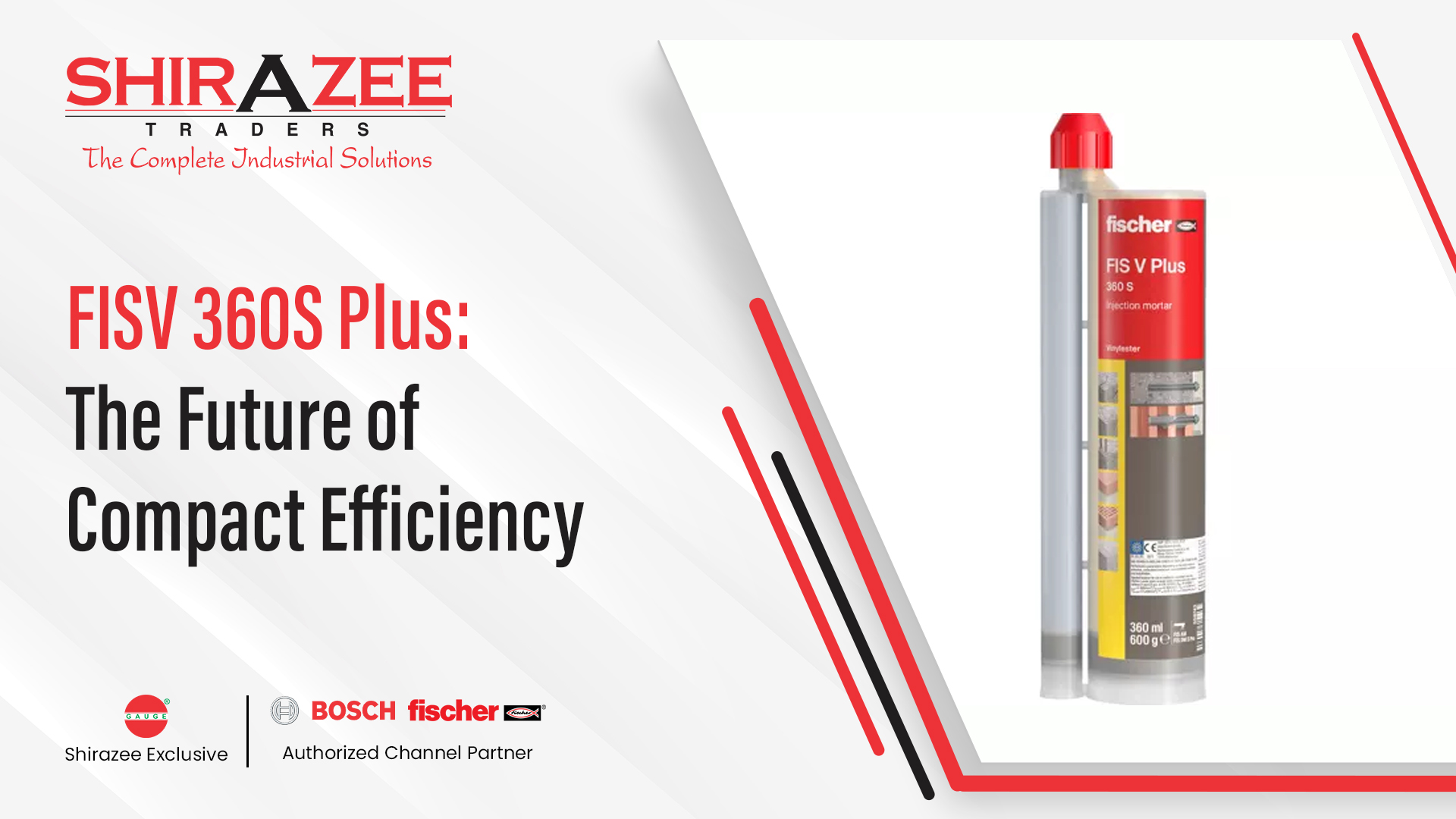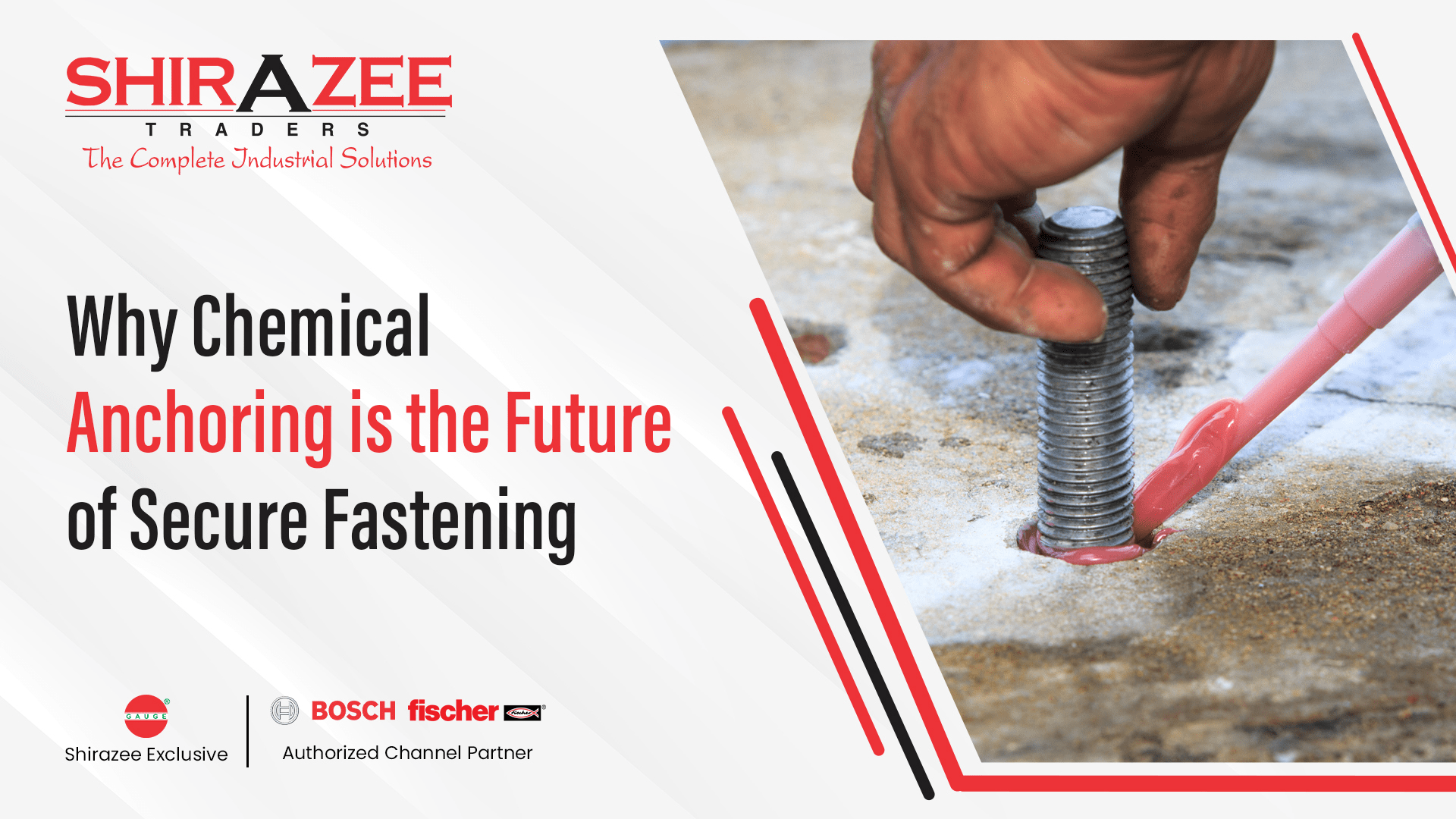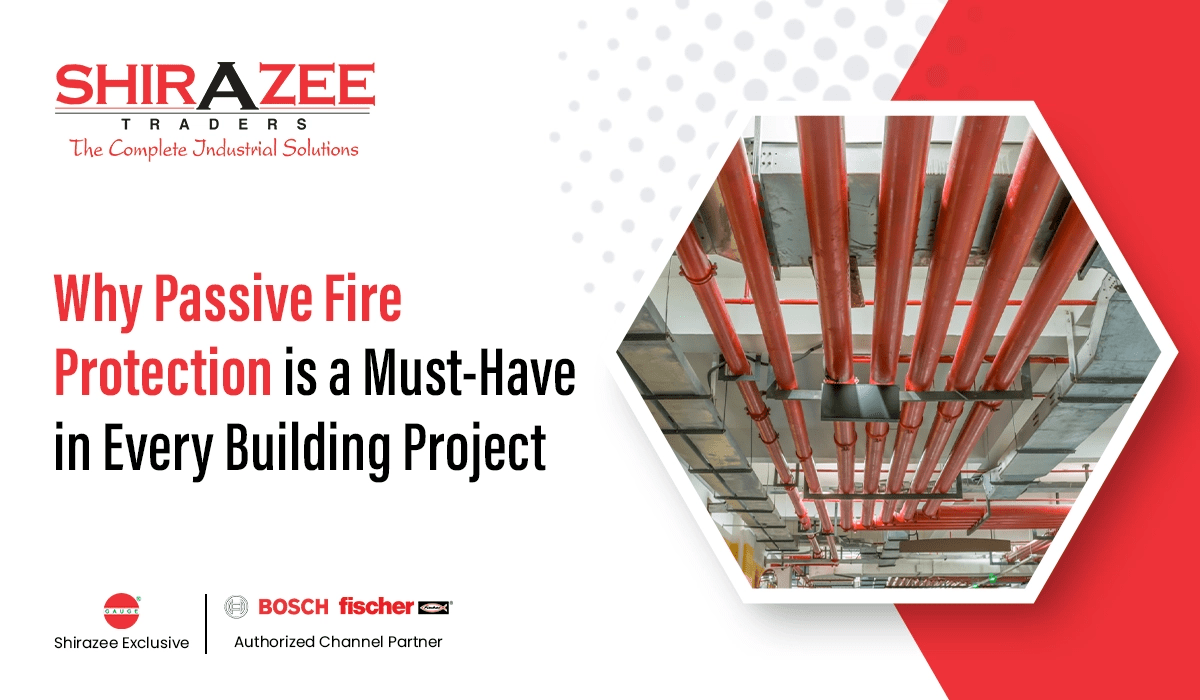
Everything is operating at maximum efficiency. The deadline is approaching. Then all of a sudden—a necessary machine breaks down. The whole thing stops moving. The entire process, not just the machine. There is a mountain of work. The tension increases. Time flies. What about the price? It quickly mounts up.
Predictive maintenance is a silent hero in this situation. It’s a clever, pragmatic strategy that is emerging as the mainstay of future industrial solutions. Catching the little things before they become messy is the goal. This change is also necessary in fields where accuracy and performance are non-negotiable.
Businesses understand that it’s not just about what you develop, but also how well everything functions behind the scenes as machines advance and demands rise.
What Predictive Maintenance Means in the Real World
Predictive maintenance is more than just a maintenance routine. It uses data and sensors to track the health of machines and gives a heads-up before anything breaks. It detects when a component is starting to fail by using real-time data, including vibrations, temperatures, and load cycles. In the world of industrial solutions, where even a small error can result in significant losses, that is a huge concern.
It’s different from preventive maintenance, which runs on a schedule and sometimes replaces still-good parts. Predictive maintenance plays it smarter.
Why Predictive Maintenance Matters More Than Ever
Time is important in the industrial sector. It’s also a combination of reputation, dependability, and client trust. Hold-ups? Deliveries missed? Unexpected repairs? They all cost way more than they appear on paper.
Predictive maintenance flips that story. Instead of having to clean up the mess afterward, it helps you avoid difficulties. Projects go more smoothly, there are fewer “all hands on deck” scenarios, and there are fewer surprises. When a team is handling multiple moving parts, such as equipment, scheduling, and human resources, this approach brings order to the uncertainty.
The problem is that maintaining machines isn’t the only aspect of it. Enabling intelligent, effective industrial solutions that expand with the company is the goal.
The Overlooked Role of Fasteners in Predictive Thinking
Fasteners are the unsung heroes, therefore let’s concentrate on them. anchors, bolts, and screws. Little, huh? But you’ll see how quickly things go apart if you miss even one.
The fact is that loose or misplaced fasteners are frequently the first indications that something is wrong. Parts of machines move and vibrate. That momentary movement is a warning sign if you’re paying attention. And you know what? These vibrations are now frequently tracked by predictive maintenance systems as early indicators.
When machines reach their limits, high-quality fasteners have the line. They do more than just keep things together. When machinery is operating continuously, qualities like perfect fittings, weather-resistant coatings, and sturdy threads are important. As a result, it is no longer adequate to limit fasteners to modern industrial solutions. They need to be difficult, dependable, and well-thought-out.
To put it briefly, tiny details have a big effect. And even fasteners must do their share in a world moving toward smarter systems.
Predictive Maintenance = Smarter Supply Chain Planning
When you know what’s likely to fail and when you stop reacting and start planning. That’s not just maintenance—that’s strategy.
With predictive maintenance, speculation becomes knowledge. Your supply chain suddenly takes the initiative. No more rushing to find fasteners or components at the last minute. You are aware of what is required and when.
The operations team’s piece of mind is not the only consideration here. Teams in charge of inventory, logistics, and procurement also greatly benefit from it. The system functions more efficiently and quickly when all supply chain links are able to anticipate needs. Agility is also the new efficiency in the industrial solutions landscape.
Results That Speak Louder Than Hype
This is when the interesting part begins. Teams that have implemented predictive maintenance are not only seeing improvements in operational efficiency but also lower costs and extended equipment lifespans.
Projects that used to languish because of unanticipated problems are now finished faster. The efficiency of resource utilization is improving. And quality? It’s going up because machines are operating in better shape for longer. Happier customers, more efficient operations, and less firefighting are all benefits.
What connects everything? Intelligent choices and more intelligent elements. And that confidence only increases when you’re using hardware that has been proven to be reliable and effective. That edge can make all the difference in today’s age of fast-paced, tech-powered industrial solutions.
What the Future Looks Like (Hint: It’s Predictive)
Things will only get faster, smarter, and more connected from here. Machines will keep evolving. So will expectations. That means businesses need parts and systems that can keep up—not just survive but thrive in high-performance environments.
No longer is predictive maintenance a “nice to have.” The baseline is this. A carefully considered strategy supported by the right components ensures that machines run more efficiently and with greater power. For the creation of industrial solutions, durability, design, and data must all be integrated.
Summing Up!
Predictive maintenance is a necessity for upgrading industries that weren’t aware of it until recently. Time is saved, stress is decreased, and space is created to concentrate on what really counts: impact, quality, and growth. Its foundation is having sufficient knowledge about your systems to safeguard them.







